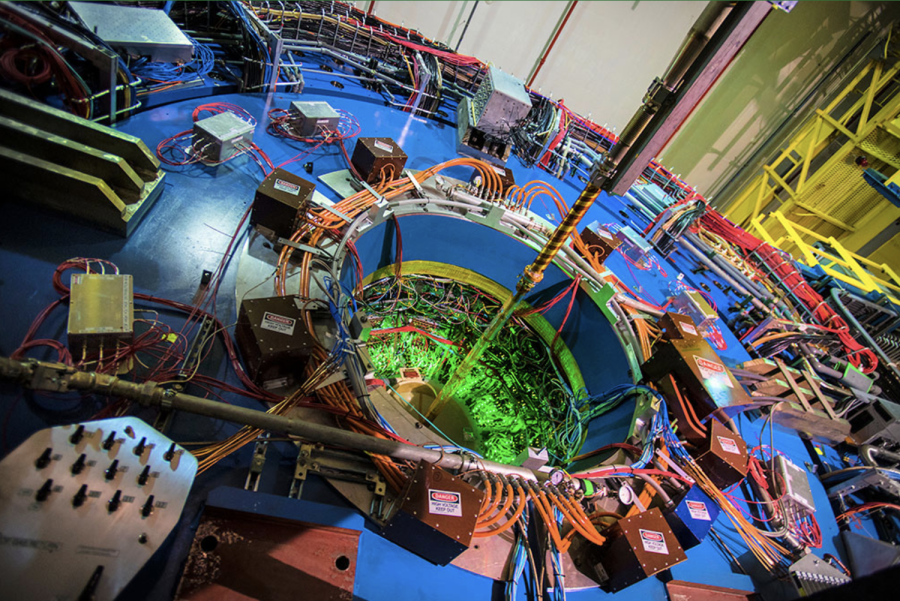Scientists make historic breakthrough in quantum entanglement
Courtesy of Brookhaven National Laboratory
The scientists at the Brookhaven National Laboratory in New York use Relatively Heavy Ion Colliders (RHIC’s) to examine the atomic structure of nuclei.
The scientists at Brookhaven National Laboratory have made a notable advancement regarding the fascinating concept of quantum entanglement, further developing our understanding of this scientific phenomenon.
Quantum entanglement is an intriguing idea that has raised many questions in the study of physics. The concept was studied originally by Albert Einstein, Boris Podolsky, Nathan Rosen, and Erwin Schrödinger in the first half of the 1900s. Einstein described it as “spooky action at a distance.” He developed a theory for the Photoelectric Effect in which light was a quanta, earning the Nobel Peace Prize in 1921 for this reason.
John Bell contributed significantly to this topic by expressing how particles can be influenced by one another and “entangle,” regardless of the distance factor. In 1964. Quantum entanglement occurs at a state of superposition dependent on the spin quantum number. So, two particles are in sync with one another if one spins up while the other spins down. Therefore, if two particles are entangled, and one spins up, the other (which could be on the opposite side of the universe) would have to spin down.
The scientists at the Brookhaven National Laboratory in New York use Relatively Heavy Ion Colliders (RHIC’s) to examine the atomic structure of nuclei. Ions are surrounded by particles of light that interact with gluons and particles found in the protons or neutrons of nuclei. This communication produces a new particle, which develops into a positively and negatively charged pion. Using the velocity and angles of the pions, scientists can use the RHIC to get a more specific understanding of the nuclei. The analysis of the specific structure is somewhat similar to a PET scan though the scales and proportions are highly different. Overall, the process allows for a precise two-dimensional representation of the polarization of the nuclei through light.
Quantum entanglement is still a mystery today, even though more evidence allows for a broad idea. More research on the subject can develop our world in many ways. For example, having an exact time worldwide is essential to maintain machines such as satellites. At the U.S. National Institute of Standards and Technology in Colorado, there is a quantum logic clock invented to not gain or lose one second in more than 10 million years. Quantum entanglement could be used to modernize the world further as new investigations gain our understanding daily.


